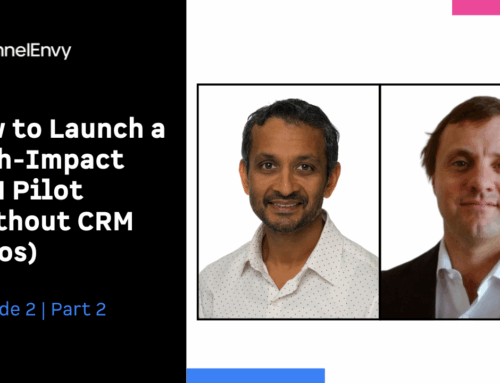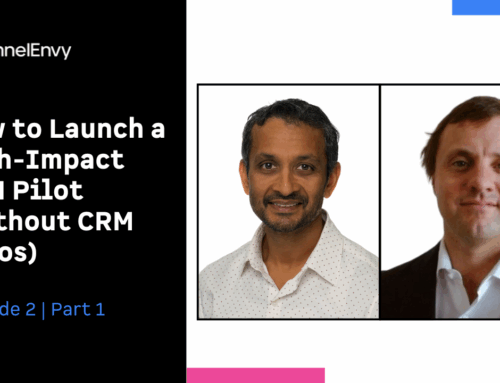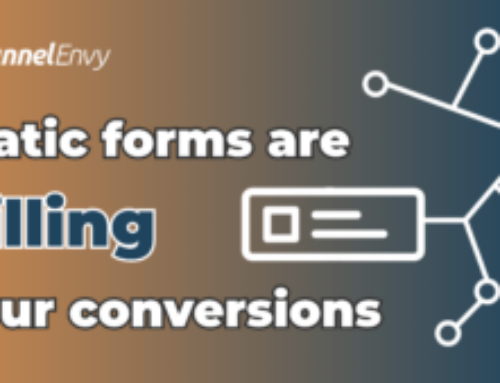The Activity Trap
Sales reps aren’t paid on the number of calls they make, and real estate agents don’t get commission on the number of showings they do. Activity does not equate to outcome, and conflating the two can have really expensive implications.
The same story applies to marketers. We seem to spend a lot of effort fostering cultures of activity rather than outcomes.
Beware the “Tyranny of the Mundane”
“It’s incredibly easy to get caught up in an activity trap, in the busy-ness of life, to work harder and harder at climbing the ladder of success only to discover it’s leaning against the wrong wall.
– Stephen Covey
Experimentation, personalization, segmentation – these are activities and not outcomes. Blindly doing any one of these things without an understanding of how they contribute to the end goal risks the dreaded activity trap.
All outcomes are not created the same
It’s essential to make sure we’re optimizing for the right end-goal, the KPIs that ultimately moves the business forward.
This is a cautionary tale, however one that’s relatively common.
1/ OK, this is an infuriating startup experience: You ship an experiment that's +10% in your conversion funnel. Then your revenue/installs/whatever goes up by +10% right? Wrong 🙁 Turns out usually it goes up a little bit, or maybe not at all. Why is that?
— Andrew Chen (@andrewchen) May 3, 2018
B2B marketers commonly run randomized experiments on goals such as website engagement, email opens and click through rates. These are “vanity metrics” and what Andrew suggests is that they do not have the same effect down the funnel (where it matters).
This is because a winning vanity metric experiment will move more low intent prospects into the funnel. These lower intent prospects will lead to poorer performances over the long run.
Where does manual optimization fall short?
Most randomized experimentation use cases, like our landing pages, are one-size-fits-all approaches. We’re trying to identify the single highest performing variation for an entire population. But what happens if that population is very diverse and sub-populations convert better on different variations?
Even if you did create rules to identify those sub-populations, there’s a limit to how granular you can be based on the effort required.
The Solution
At FunnelEnvy, our Predictive Revenue Optimization (PRO) platform is built on the vision of autonomous marketing decisions. Manual optimization lets us gather data and automate some processes, but the burden of interpreting that data and making decisions still falls on us. Autonomous optimization automates both processes and decisions.
Much like the shift from cruise control and parking assist to self-driving vehicles, autonomous decisioning in marketing will allow those who adopt it to achieve rapidly increasing returns.
Optimize for Revenue
Rather than producing channel-level reports that marketers have to act on, autonomous optimization integrates all available outcome data (such as revenue) into progressively improving predictive decisions.
1:1 Experiences
A machine can evaluate context about individuals and achieve a level of 1:1 experiences with precision that humans simply can’t.
Scale
The largest issue with scaling personalized optimization with traditional tools is the investment required to create and manage rules-based segments. By reducing or outright eliminating the need for them, you enable highly personalized experiences at scale in even the most complex environments.
Continuous Optimization
Autonomous optimization doesn’t rely on fixed exploration and exploitation phases. It can continually adapt, with every impression or experience delivered.
So those are the top optimization pitfalls to avoid. With all of these in mind, what pitfalls are you going to try and improve on?




